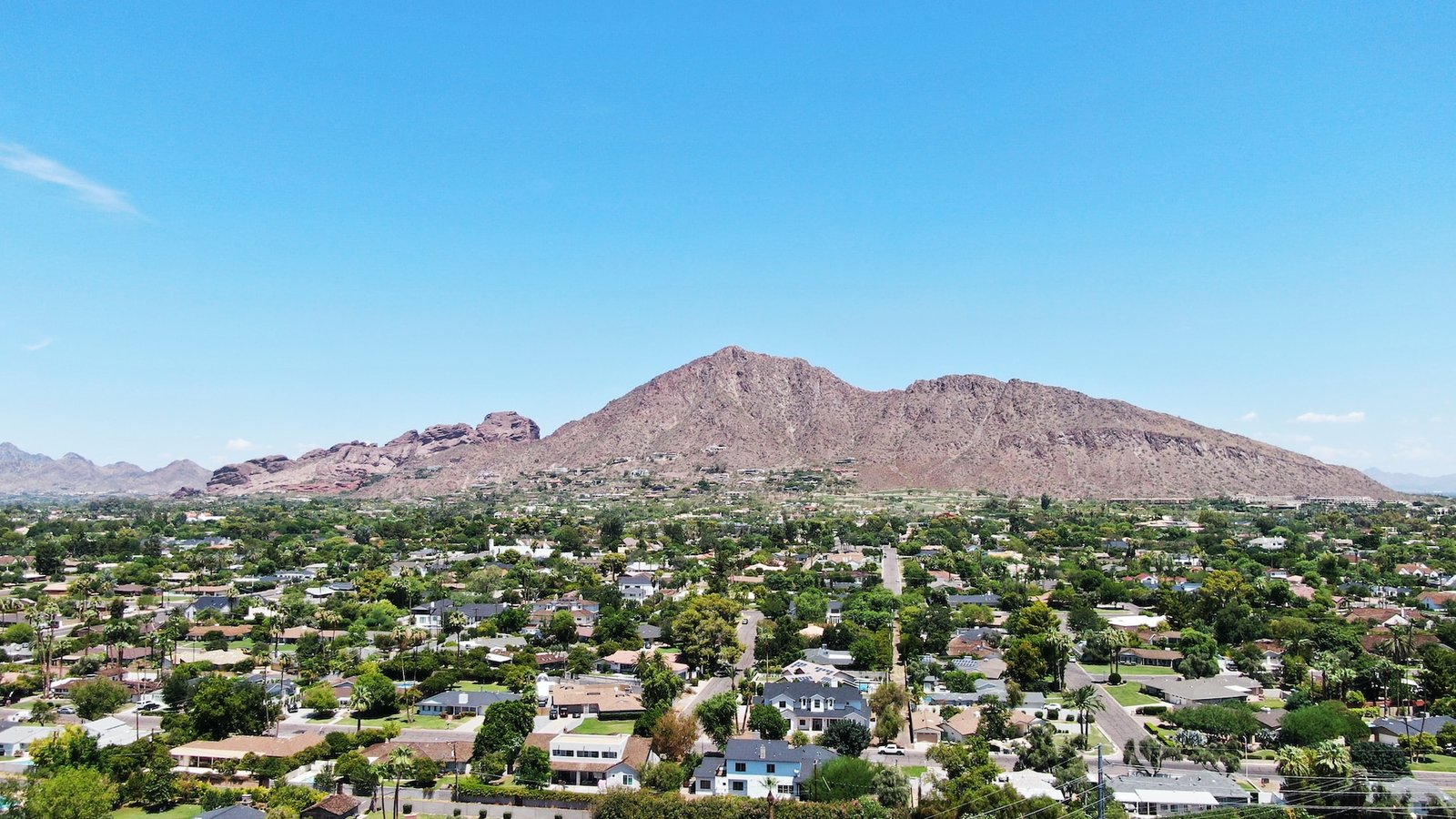As Arizona’s vibrant capital, Phoenix entices visitors with stunning desert scenery, resort-style pools and world-class spas, award-winning farm-to-table cuisine, and outstanding cultural attractions from edgy art spaces to fascinating history museums.
| Museum Name | Focus Area |
|---|---|
| Musical Instrument Museum (MIM) | Global musical instruments and cultures |
| Heard Museum | Native American art and history |
| Phoenix Art Museum | International fine art collections |
| Pueblo Grande Museum | Ancient Hohokam culture and archaeology |
| Arizona Science Center | Interactive science exhibits for all ages |
| Hall of Flame Fire Museum | History of firefighting |
| Frank Lloyd Wright’s Taliesin West | Architecture and design |
| Titan Missile Museum | Cold War and nuclear missile history |
| Pioneer Living History Museum | Arizona’s territorial history |
| Arizona Museum of Natural History | Dinosaur skeletons and natural history |
| Mesa Arts Center | Contemporary arts and performances |
Especially when avoiding the triple-digit summer heat, these 12 museums promise air-conditioned refuge while immersing minds in regional creativity, innovations, and legacy.
Musical Instrument Museum (MIM)

Name and Location: The Musical Instrument Museum (MIM) is located in Phoenix, Arizona.
Collections and Exhibits: MIM displays over 6,800 musical instruments and associated objects spanning cultures globally. Galleries group instruments geographically across five continents showcasing diverse musical heritage and innovation.
What to Expect: Visitors take interactive audio tours experiencing instruments played live on video by native musicians. Special exhibits highlight icons and genres. The Artist Gallery features work by acclaimed musicians like Taylor Swift and local talent.
Visitor Information: MIM is open 7 days a week. Tickets should be booked online in advance when possible. An on-site restaurant and gift shops round out the experience. Parking is free at the museum.
At the epic Musical Instrument Museum (MIM), over 6,800 instruments and cultural artifacts defy exhibiting music simply for eyes by engaging ears through technology. Don wireless headsets, then enter mesmerizing global galleries where suddenly Andean pan flutes trill, Hawaiian ukuleles strum by fingertips, Egyptian lyres pluck, shakuhachi flutes breathe alongside every imaginable culture and country represented. Kids grin jamming Caribbean steel drums before admiring Andy Warhol’s electric piano art. Adults gaze stunned at 2,000 gem-encrusted Javanese daggers near Stradivarius violins. MIM spotlights shared melodic languages uniting humanity.
Heard Museum
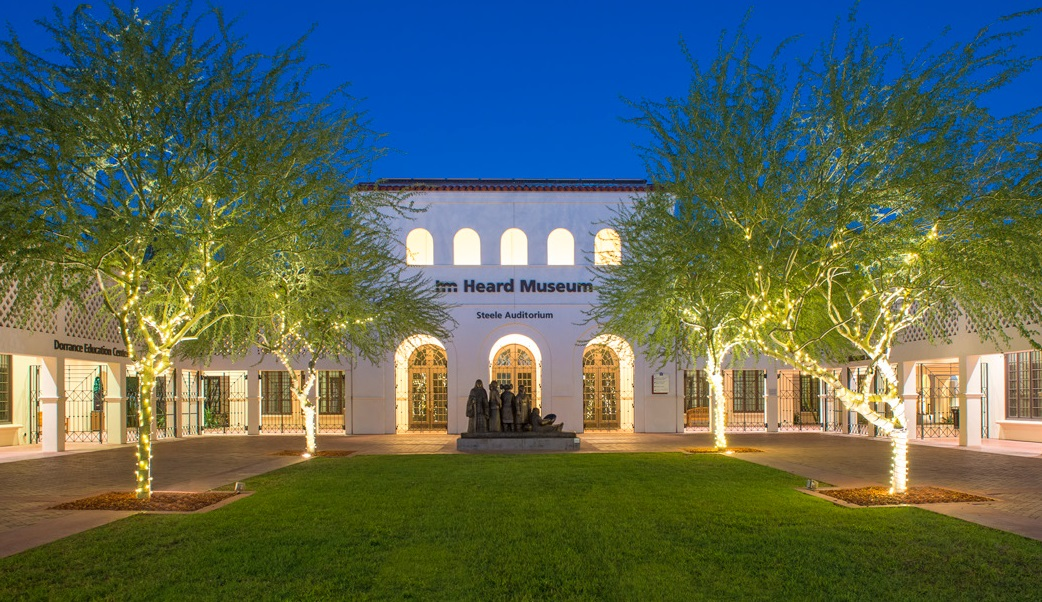
Name and Location: The Heard Museum is located in Phoenix, Arizona.
Collections and Exhibits: Dedicated to American Indian art and culture, the Heard’s permanent and traveling exhibits include art, artifacts, and archaeological objects spanning Southwest tribal communities exploring heritage, traditions and identities.
What to Expect: Visitors encounter pottery, weavings, paintings, sculpture, jewelry, basketry, photography and cultural artifacts through 12 galleries and outdoor courtyards related to territories, legends, ceremonies, life ways and influences showcasing diverse Native American artists and communities.
Visitor Information: The Heard Museum is open daily, with evening hours on select days. An on-site café, bookstore and art market complement the galleries. Discounted parking is available in the lot behind the property.
Since 1929, the esteemed Heard Museum celebrates the Southwest’s ancient Native heritage and living arts through beautifully curated exhibits, cultural festivals and educational initiatives. Across 12 galleries and serene courtyards, intricate Hopi kachina doll carvings dance alongside Navajo textile masterworks, Zuni fetishes and vibrant paintings communicating voices often silenced. Visitors attend artist demonstrations, hear moving oral histories, try traditional foods at the café or browse exquisite handicrafts at the gift shop knowing proceeds support tribal artists directly through this institution’s important mission.
Phoenix Art Museum
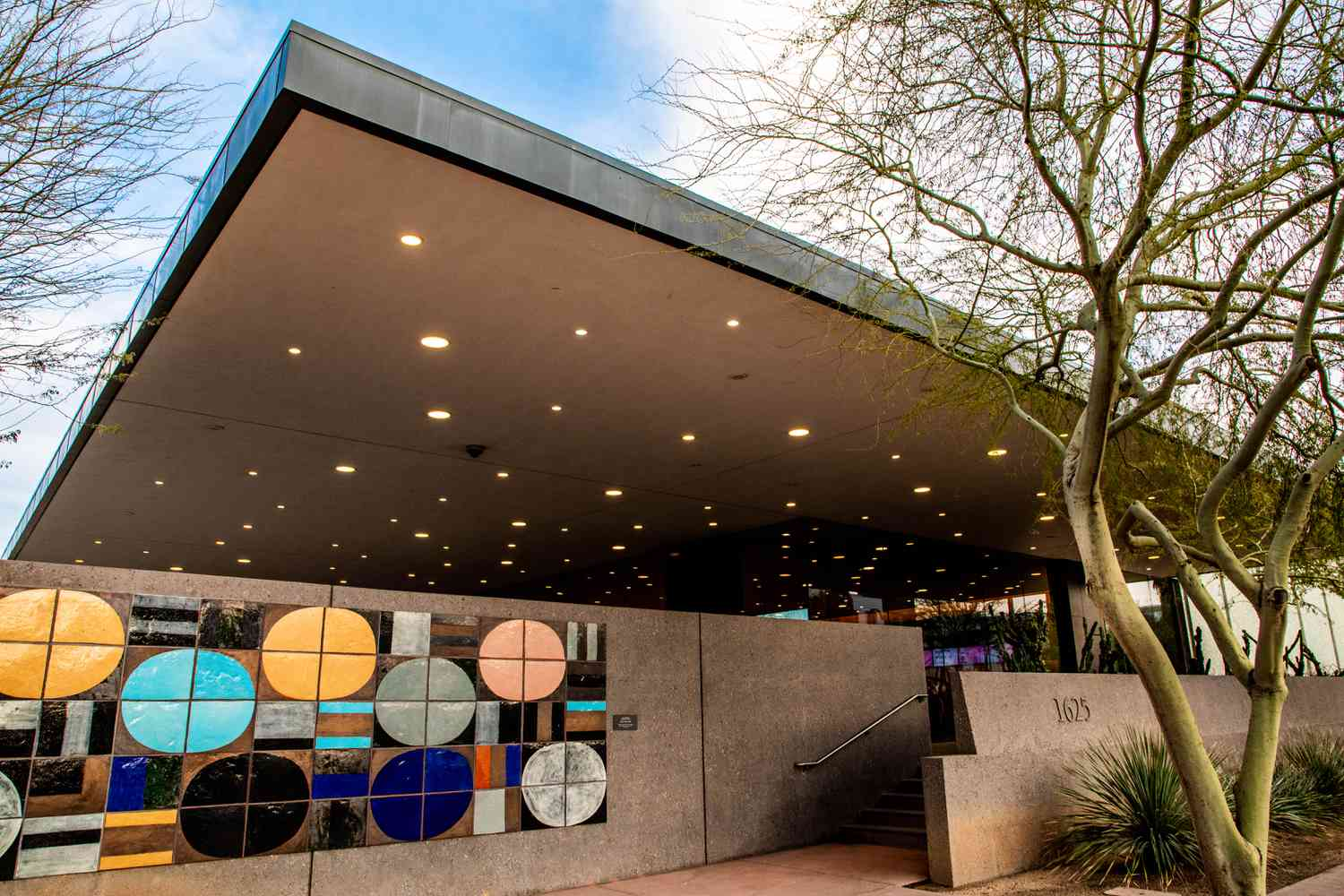
Name and Location: Phoenix Art Museum is located in Phoenix, Arizona.
Collections and Exhibits: As the Southwest’s largest art museum, the permanent collection spans over 20,000 objects from around the world with noted emphases on American, Asian, contemporary, Latin American, modern and fashion design works including iconic pieces by premier artists.
What to Expect: Visitors explore two floors of galleries showcasing an encyclopedic collection including paintings, sculpture, prints, drawings, textiles, fashion items and photographs. Interactive kids spaces, daily tours and special programming aim to make art approachable. The museum also hosts changing exhibitions.
Visitor Information: Phoenix Art Museum is open Wednesday-Sunday with evening hours on select dates. Visitors can use their ticket for same-day re-entry. An admission discount applies for access to some special exhibitions. Parking is available on site.
As the Southwest’s largest fine art institution, the Phoenix Art Museum houses international collections from Asia, Europe, the Americas and commanding exhibition spaces for special shows like recent Frida Kahlo blockbusters or Vatican Splendors spanning papal history. But it’s the Museum’s comprehensive holdings showcasing 20th century modern design masters and contemporary Native works emphasizing Arizona creativity that wows among airy architecture seemingly sprung from the desert. Don’t miss the Museum’s monthly First Friday evening celebrations either with art openings, live music, cash bars and food trucks making fine art friendly fun.
Pueblo Grande Museum
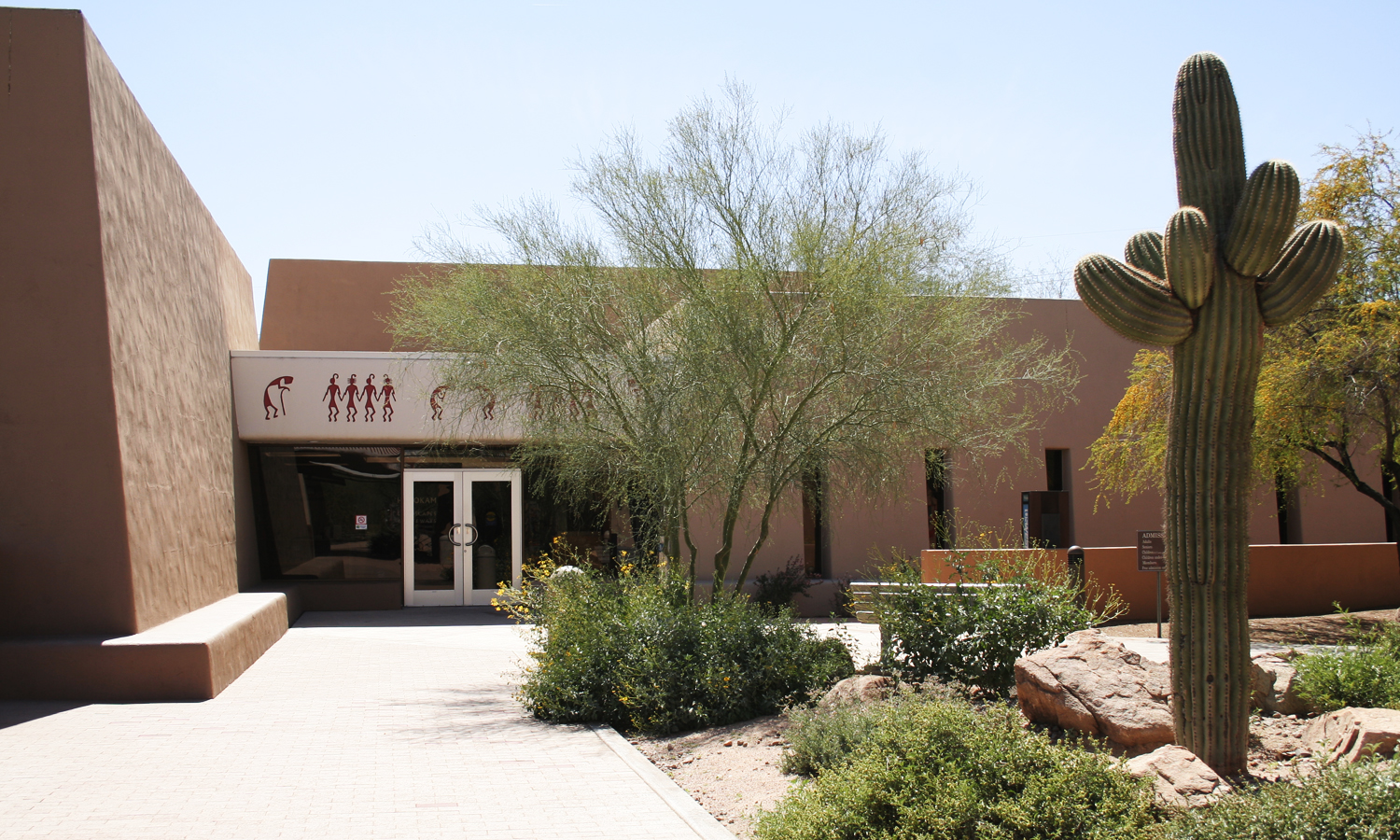
Name and Location: Pueblo Grande Museum is an archaeological site museum located near downtown Phoenix preserving artifacts left by indigenous peoples between 300-1450 CE amid their original settlement ruins.
Collections and Exhibits: The museum grounds preserve a platform mound, housing structures, ballcourt, and irrigation canals built by the Hohokam culture. Exhibits detail indigenous life ways, trading routes and agriculture Looking Back to Learn Forward while observing present day tribes’ connections to their ancestral heritage on the site.
What to Expect: Visitors explore ruins, remnants and replicated housing before viewing pottery, stone tools, textiles and baskets created by ancestral Southwestern peoples explaining how these earliest Phoenicians adapted using innovative farming techniques on the fertile land over 700 years prior to European contact.
Visitor Information: Pueblo Grande Museum and Archaeological Park offers self-guided ruin exploration Tuesday–Sunday with guided tours on Saturdays. On-site parking is available when visiting the 44-acre preserve.
In central Phoenix, the Pueblo Grande Museum and Archaeological Park provides glimpses into the ancient Hohokam culture that once populated this valley between 300 – 1450 CE before mysteriously abandoning their impressive adobe compound and vast canal irrigation systems suddenly. Outdoor trails weave through excavated foundation relics near replicas like pit houses and demonstrative Hohokam oven while indoor exhibits feature artifacts discovered like carved shell jewelry, arrows, pottery shards and woven agave sandals all painting intimate portraits of America’s earliest urbanites.
Arizona Science Center
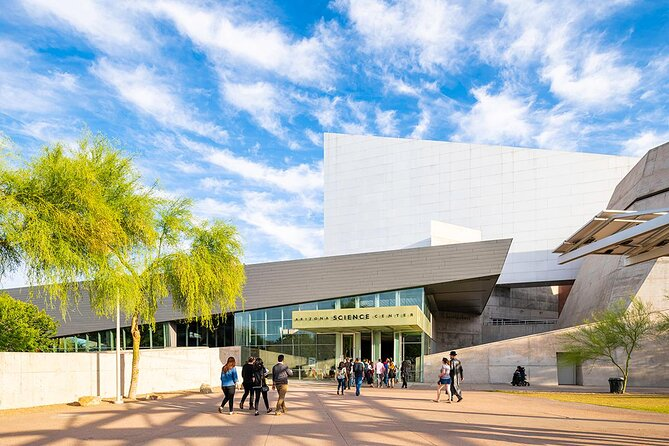
Name and Location: Arizona Science Center is an educational museum located in downtown Phoenix promoting science learning through interactive exhibits.
Collections and Exhibits: Over 450 permanent hands-on exhibits allow kids of all ages to explore innovations spanning technology, applied science and physics focused around concepts like electricity, light, gravity and motion alongside featured areas like the Changemaker lab, Planetarium and CREATE innovation space.
What to Expect: Visitors of all ages discover science principles applied in daily life through kinetic displays encouraging curiosity and critical thinking by creating chain reactions, playing virtual sports, conducting experiments, problem solving and collaborating in the Centre’s vibrant educational spaces.
Visitor Information: Arizona Science Center requires timed entry with tickets sold online in advance for the best rates and availability. Various memberships help frequent visitors access exhibits, events and giant screen films often hosted on site.
At the Arizona Science Center’s inventive halls and exploratoriums, physics and other sciences burst alive through hundreds of hands-on exhibits for igniting kids’ wonder, curiosity and critical thinking skills. Creativities flourish climbing the three-story creative construction Quartersmith Workshop filled with wheels, wedges, blocks and tools for making experimental structures that actually stand. Test sports agility negotiating laser mazes, mix music through motion sensors, launch model rockets or touch wildly colorful animals hanging near the entrance waiting to welcome young imaginations roaming freely.
Hall of Flame Fire Museum
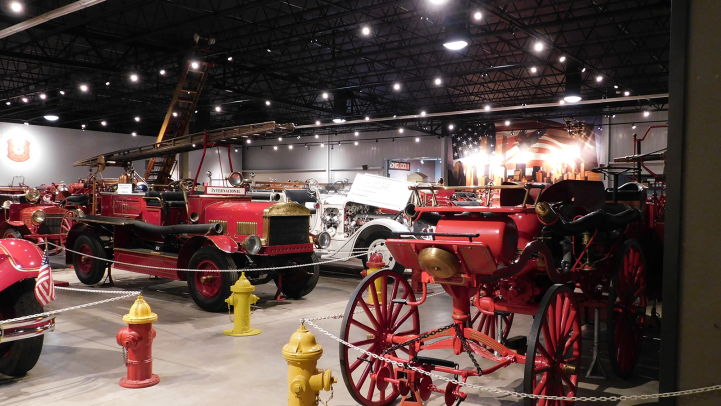
Name and Location: National Firefighting Hall of Heroes (Hall of Flame) spotlights fire service history at a museum located in downtown Phoenix near Sky Harbor International Airport off the Metro Light Rail.
Collections and Exhibits: Spanning over an acre indoors and out, the Hall of Flame traces equipment advances and modern fire science while honoring heroic acts through engines from 1725 to 1969 alongside thousands of artifacts related to firefighting’s impact and pop culture with rotating special exhibits.
What to Expect: Guests encounter antique hand pull and horse drawn fire carriages, classic stationary pumps, firefighter memorials and an climable aerial rescue trainer allowing unique hands-on experiences understanding fire response evolution alongside the National Firefighting Wall of Honor and Fallen Heroes exhibits.
Visitor Information: Hall of Flame operates daily offering individual or group discounted rates. A gift shop is on site. Light rail, bus and free museum parking provide transportation options when visiting downtown.
Meet over 90 rigorously restored antiquarian emergency vehicles chronicling firefighting equipment advances at north Phoenix’s national Hall of Flame Fire Museum spanning decades through motorized apparatus progress. Visitors investigate a hand-drawn 1800s hose cart, open-air 1902 Metropolitan steam engine pumping away beside modern aerial snorkel ladders and crash trucks involved in historic Arizona wildland infernos. Other interactive kid zones recreate emergency dispatch calls while films honor courageous hotshot crews airlifting over dangerous terrain combatting raging wildfires threatening entire woodland regions and rural communities across the West.
Frank Lloyd Wright’s Taliesin West
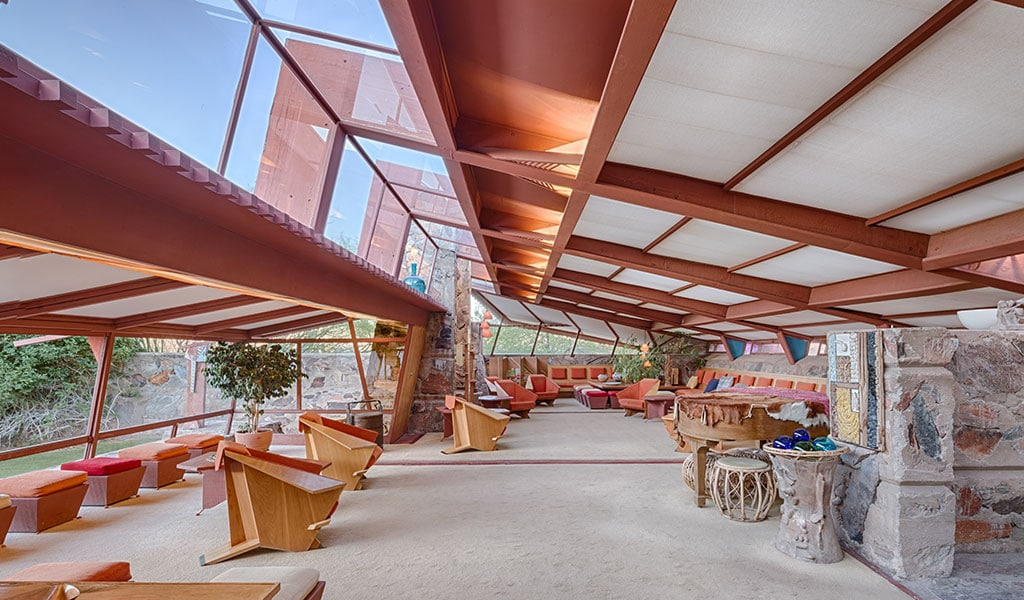
Name and Location: Frank Lloyd Wright’s Taliesin West sits amid the McDowell Mountains outside Scottsdale as the architect’s iconic personal winter desert retreat, studio and school campus showcasing Wright’s visionary organic architectural principles.
Collections and Exhibits: Developed from 1938 through his death during 1959, Wright’s winter quarters feature restored buildings fusing structures into surrounding Sonoran landscape across 600 acres. Guided tours detail Wright’s influences, architecture and design detailing furnishings he created specifically to complement Taliesin West spaces.
What to Expect: Guests walk the desert campus developed from Wright’s vision to serve as both a living and work space for exploring harmonious indoor/outdoor living with passive heating/cooling principles still felt today while observing Asian and textile influences throughout Wright’s intentional architecture melding human comfort within careful constructed, beautiful spaces.
Visitor Information: Taliesin West offers a variety of guided small group walking tours daily exploring landmark Wright-designed buildings across the desert campus by advanced reservation purchased online with discounted rates for regional residents and students.
Nestled at the foothills lining Scottsdale’s McDowell Mountains, Frank Lloyd Wright designed his winter quarters Taliesin West as an architecture school and desert laboratory where he famously mentored apprentices until his death here in 1959. Guided tours flow through the landmark home he crafted from stone and wood to exist cooperatively within the rugged environment by hugging boulders and embracing sunlight filtering brightly through clerestory windows and open ceilings. Marvel at Wright’s signature touches like Cherokee red beams slicing ceiling planes, humble nautical ship rope securing floor-to-ceiling drapes, the drafting table angled northward still cluttered mid-masterpiece. Understanding Wright’s organic approach to structures melding indivisibly with surroundings revolutionized modern aesthetic perspectives.
Titan Missile Museum

Name and Location: Titan Missile Museum is a National Historic Landmark located south of Tucson, Arizona within the remnants of an operational Cold War-era intercontinental ballistic missile silo left mostly untouched since decommissioning.
Collections and Exhibits: As one of few remaining Titan II sites, the underground missile silo suspends an actual eight-story Titan missile within the original command center structure capped by an operational launch duct still revealing classified 1970s technologies and realities of mutually assured destruction ideology hoped to be successfully prevented.
What to Expect: Walking tours lead groups down lengthy corridors fifty feet below ground into the command room to face once state-of-the-art electronics, lock systems and the 110-foot Titan II missile in place since President Reagan declared the site historic for future generations to appreciate military aeronautics evolution alongside lessons about past international nuclear tensions.
Visitor Information: The Titan Missile Museum operates daily tours with online ticketing required. Efforts preserve the experience’s raw realities. Sensory adaptations meet visitors’ requests to comfortably allow confronting Cold War impacts for all on thought-provoking experiences.
Rare access within America’s once-top-secret Titan II Missile Complex thrills Cold War history buffs awaiting launch orders that thankfully never came, when visiting the Titan Missile Museum nestled underground 25 miles south of Tucson near Sahuarita. Walk the crew’s cramped quarters stacked in three claustrophobic levels full of controls, codes and switches for unleashing nuclear warheads into space upon government command. Witness the still intact 53-foot Titan II rocket in launch position alongside the radioactive Uranium 235 core removed after deactivation. Retired Air Force guides provide detailed overviews about holding Doomsday destruction in trembling hands during anxious MAD-theory 1960s military brinkmanship between global superpowers.
Pioneer Living History Museum
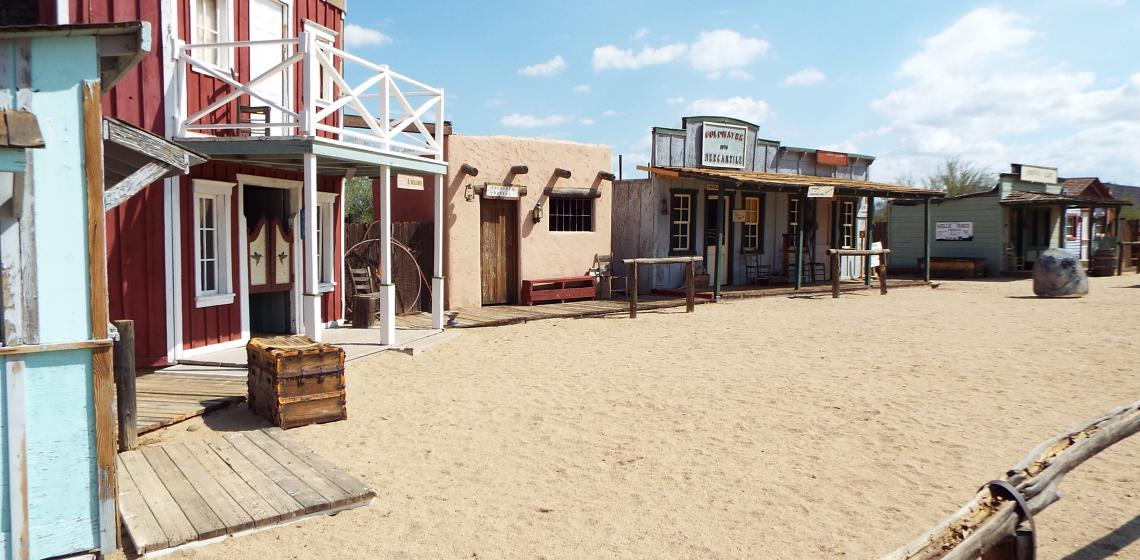
Name and Location: Pioneer Living History Museum spans 90 acres north of Phoenix preserving four historic properties conveying Arizona pioneer ranching and farming life from the late 19th through mid 20th centuries when the Valley transformed from wilderness into towns.
Collections and Exhibits: Museum buildings transplanted and restored across grounds create interactive spaces for encountering heritage breeds and period living historians interpreting structures, demonstrations and artifacts explaining progression from frontier outposts into contemporary Phoenix made possible through invention exchange with early Arizona settlers.
What to Expect: Costumed interpreters share homesteading skills like churning butter or forging tools inside the 1890 pioneer farm, 1925 schoolhouse, 1895 print shop and 1928 Pleasure Park midway replica detailing milestones across territorial transition toward Arizona statehood in 1912 by conveying hardships and innovations on location.
Visitor Information: Interpreter-led exhibits operate mid-September through May showcasing hands-on living history demonstrations across the late 1800s into early 1900s pioneer-themed buildings and structures with tickets sold on-site for daytime monthly event programming on the grounds near central Phoenix.
In northeast Phoenix’s Pioneer Living History Museum, passionate volunteers don period garb demonstrating blacksmithing, quilting, candle-making and washing clothes using old-fashioned methods to replicate Arizona territorial life before 1912 statehood. Kids pump water from wells, pan for glistening minerals, and help bake goodies from brick oven heat rising inside the fully-functioning flour mill. Visitors tour the charming Stevens Home furnished for upper-class 1890s comfort beside rustically sparse cabins and jail cells recalling Phoenix pioneering beginnings along the dusty banks of the Salt River when the West felt truly wild. Live folk music and cultural festivals occur regularly within the Museum’s old-timey grounds.
Arizona Museum of Natural History
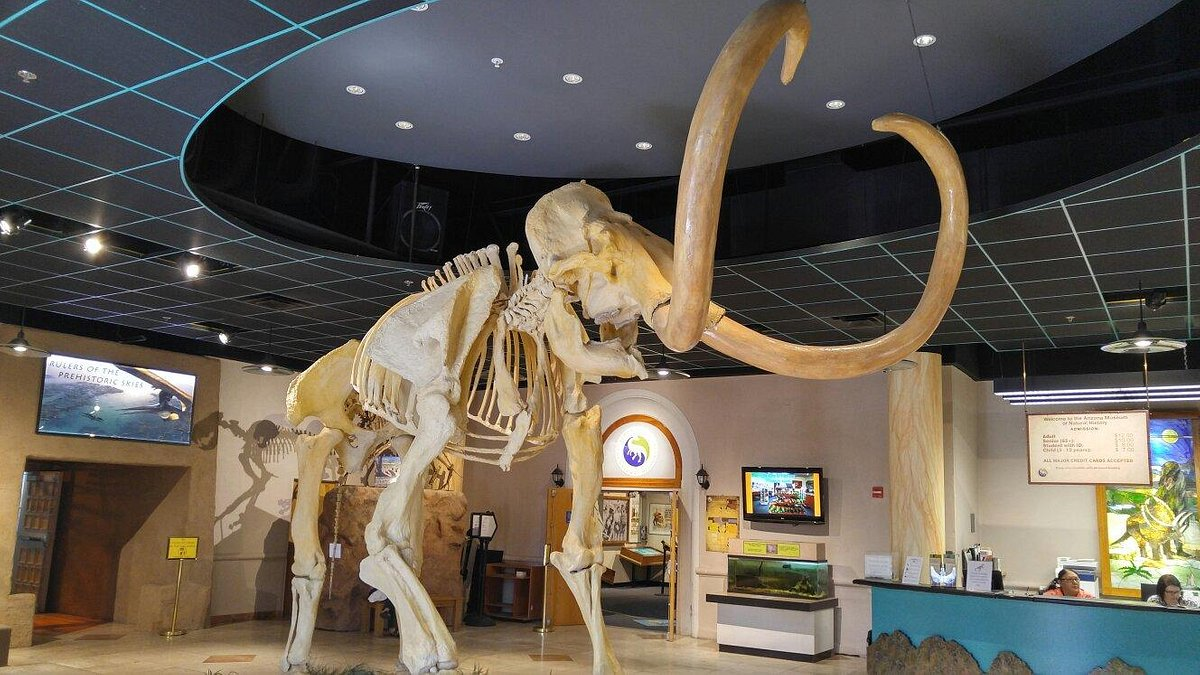
Name and Location: Located in Mesa, the Arizona Museum of Natural History explores the state’s rich landscapes, dinosaurs and mineral legacies across ancient forms of earthly treasures all uncovered from around the region through major fossil discoveries.
Collections and Exhibits: Exhibit halls examine Arizona’s rich fossil records including petrified wood, dinosaurs like Dilophosaurus that roamed early landscapes and lifeforms within the tropics of the Meselria Sea. The Dinosaur Mountain also displays real dinosaur fossil casts while the Collector’s Corner shows the rarest intact minerals unearthed from around the state.
What to Expect: Patrons encounter towering dinosaur skeletons over fossil dig boxes, wizardly mineral contours under spotlights, petrified wood spans crossing time and even a recreated mining tunnel within the influential Arizona museum granting new views onlocal natural science history through interactive installations aimed at all learning levels on fun, fact-filled journeys.
Visitor Information: Open year-round except select holidays, the museum requests timed-tickets for peak periods. Daily operations run 10am to 6pm with free parking surrounding this Mesa attraction. Visitors explore dinosaurs, experience science and uncover Arizona’s natural history legacy.
In Mesa, the Arizona Museum of Natural History displays towering dinosaur skeletons excavated across the state’s fossil-rich red rocks in eye-level cases for getting thrillingly close without museum ropes holding visitors back from prehistoric wonders. Recreated dig sites let kids scour sand pits for buried bones alongside Cretaceous minerals curated by eager paleontologist volunteers who lead fossil hunt walks outside when weather cooperates. Elsewhere, realistic animal dioramas showcase the Southwest’s incredible biodiversity from giant saguaro forests to glittering copper streams fluidly transitioning between major geologic zones.
Mesa Arts Center

Name and Location: Mesa Arts Center occupies four acres in downtown Mesa, AZ encompassing performing arts, visual arts and art education.
Collections and Exhibits: Performance halls host theater and concerts alongside over 17 art studios for media including ceramics, glass art and jewelry focused on arts education. Curated galleries exhibit major shows by acclaimed artists plus works by local creators across media. Sculpture installations grace outdoor walkways.
What to Expect: Visitors explore free public art and sculpture on exterior grounds and inside airy atrium before attending scheduled performing arts events: dance, comedy, musical and theatrical productions happening daily alongside cultural festivals in the complex also offering seasonal community classes engaging children and adults creatively.
Visitor Information: Mesa Arts Center galleries and public spaces connect without charge daily while performing arts, classes and special events require individual ticketing. Free on-site parking available.
Dramatic glowing triangles echoing Arizona’s iconic saguaros and buttes architecturally defines the contemporary Mesa Arts Center rectifying any doubts about Phoenix embracing daring aesthetics. Inside, five sleek theaters promote both global talents and promising local performers staging live productions regularly alongside multiple classrooms built encouraging hands-on arts education. Admire free open studios where resident artists craft ceramics, jewelry, glassworks and textiles or check event schedules joining inspiring creative workshops perfect for sparking beginners’ latent talents waiting eagerly for nurturing. Supporting community imagination as routinely as Broadway blockbusters defines this arts complex’s commendable ethos.
Phoenix impresses visitors with superb museum options spanning fine art galleries like the Phoenix Art Museum showcasing Frida Kahlo and Arizonan greats to fascinating history and science institutions tracing everything from ancient Hohokam cultures to Titan missiles once prepared for space deployment when nuclear fallout remained a terrifying possibility if the Cold War shifted alignments. At the encyclopedic Musical Instrument Museum or Frank Lloyd Wright’s brilliant desert home Taliesin West, innovative foresight and harmonizing with nature still seem plausible again. Whatever knowledge or inspiration sought, visiting these 12 Phoenix museums promises fascinating rewards.

